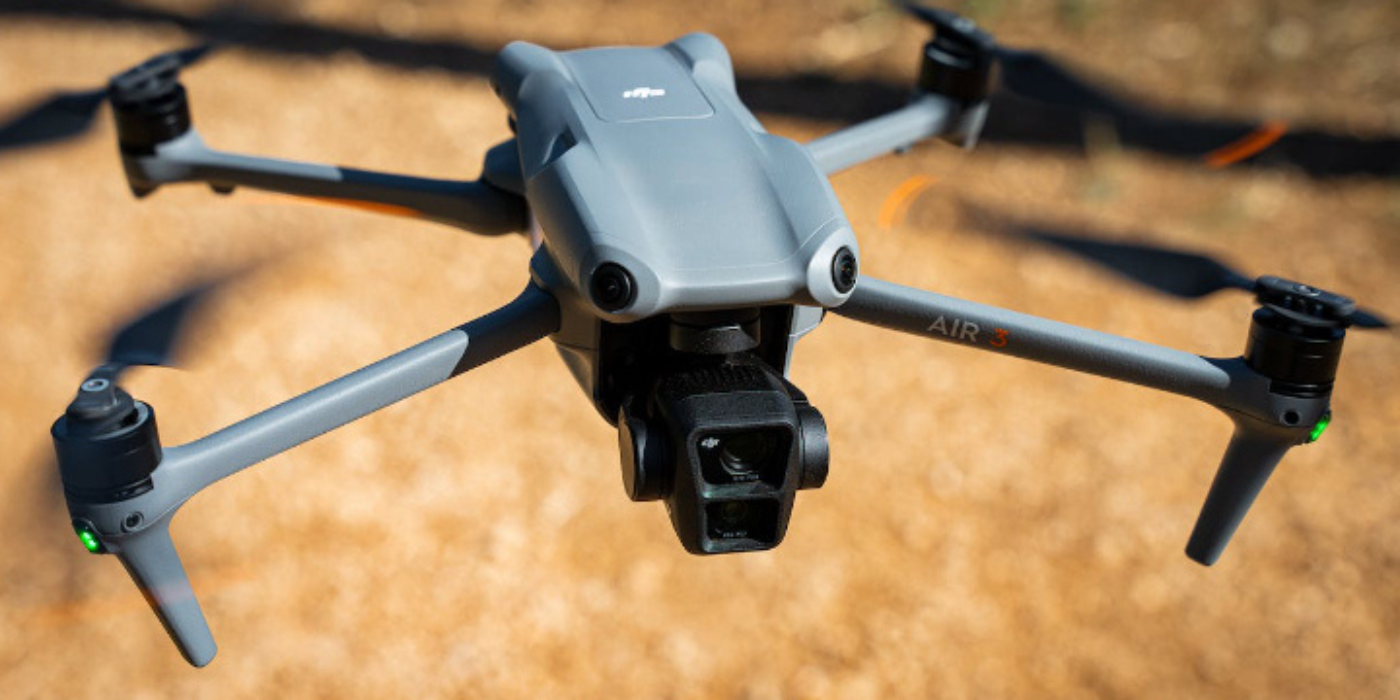The Smart Battery Case II project ends: Functionalization of materials for electromobility

uring the course of the Smart Battery Case II project, the second phase of the Smart Battery Case project, the technical feasibility of using functionalized materials applied to digitized and technologically advanced battery cases for aircraft systems has been studied and demonstrated electric unmanned aerial vehicles (UAS), also called drones.
Since 2023, the companies Compoxi, Cooling Photonics, Rotimpres and CATUAV, with the coordination and support of accredited entities such as AEI - Agrupacions Empresarials Innovadores - Clúster de Materials Avançats de Catalunya and Packaging Cluster, have worked together to promote the digital transition and energy towards electromobility and create replicable knowledge in the industry. This transition is crucial for economic and social well-being, since the supply of reliable and affordable energy is a key component for well-being. Renewable energy, however, is stationary and therefore needs storage. In the mobility sector, the migration to renewable sources is solved by electrification and the accumulation of energy in batteries. During the development of the Smart Battery Case II project, the added value has been studied to address needs such as: Improving the efficiency and performance of batteries, reducing consumption, extending their useful life, charge cycles and reducing possible breakdowns thanks to the management of the heat of the battery box. Weight reduction at high resistance thanks to the choice of composite materials and the implementation of printed electronics. Incorporation of sensors and actuators through additive technology, to add new properties and functionalities to the box, giving it passive temperature control capacity (heat dissipation) and active control capacity (through heat supply). Increased safety in the electromobility sector, monitoring and controlling the contents of the box, as well as validating and discarding cell overrun protection systems thanks to multifunctional materials. The printing of electronic devices with the additive technology proposed in this project also allows to reduce the waste generated with the conventional manufacturing of silicon electronics and to reduce the amount of raw material used, which makes it possible to manufacture much more sustainable products . The project has been coordinated and managed by the MAV Cluster and both the industrial feasibility study and the product development have been carried out by the consortium companies: COMPOXI, Cooling Photonics and Rotimpres have been in charge of the structural and thermal design and the incorporation of devices manufactured with printed electronics, with the collaboration of Copperworks and Nanotypos. CATUAV, apart from participating in the design, has led the previous research and has evaluated and tested the system in UAS. The dissemination and communications of the project have been in charge of the Packaging Cluster. The Smart Battery Case project has been financed by the Ministry of Industry, Commerce and Tourism through the support program for Innovative Business Groups (AEI), within the framework of the Recovery, Transformation and Resilience Plan, with the aim of improving the competitiveness of small and medium enterprises.